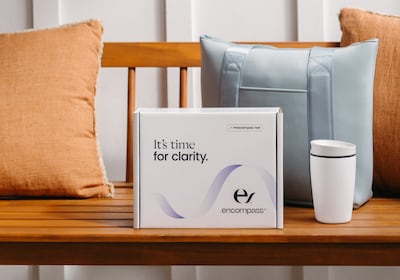In the medical device world, it has always been hard to make money selling an enabling technology—as opposed to a product for a particular medical use. Biomaterials may be the best example. There is tremendous theoretical value in new materials that can prevent in-dwelling catheters from causing blood clots, provide greater tensile strength to mechanical implants, or stop tissues from adhering to one another following surgery, but in general the value devolves to the product manufacturer, not the biomaterials producer. So far, there have been few successful biomaterials equivalents of the "Intel Inside" strategy.
Hyaluronic acid, for example, had only one significant commercial success in the first 15 years or so years of its commercialized life: its early 1980s use as a space-holder for...
Read the full article – start your free trial today!
Join thousands of industry professionals who rely on Medtech Insight for daily insights
- Start your 7-day free trial
- Explore trusted news, analysis, and insights
- Access comprehensive global coverage
- Enjoy instant access – no credit card required
Already a subscriber?




